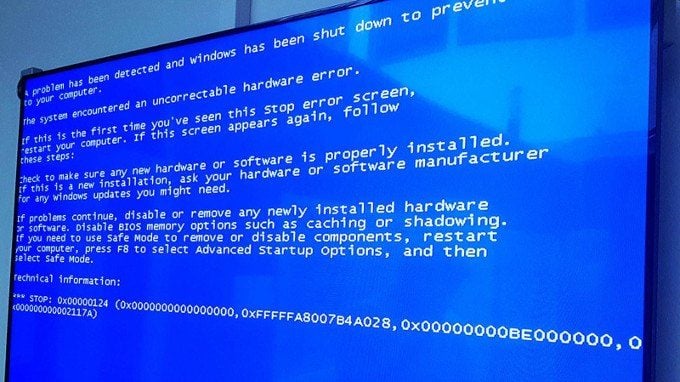Most people shop at secondhand stores for many personal and financial benefits. This trend is mostly driven by the desire to save money, conserve the environment, and provide employment. Generally, thrift stores provide a range of products, from furniture, clothing, books, decorations, and household items, at a reasonable price. Those always tempted to buy from new product stores should consider thrift stores to enjoy the following incredible benefits.
Economic Benefits
One of the benefits of buying from secondhand stores is access to a broad range of products at a fraction of the original selling price. Therefore, customers can find quality books, furniture, arts, electronics, clothing, and other valuable things without stretching their budgets. This means buyers can meet their needs, save money, and use things that would otherwise end up in dumpsters. Some people also generate income from buying and selling secondhand items. They can spot quality things, resell them at a higher price, and generate income from the deal.
Creating Employment and Supporting Local Businesses
Most people want to support local communities but do not know how. However, they can always consider shopping used for a good cause. Buying from the local secondhand stores creates opportunities for the locals to generate income, create employment, and grow businesses. Non-profit organizations run some reputable secondhand shops to create employment and generate income for community programs. Some charities focus on helping street people, orphans, veterans, and low-income families. Therefore, by buying from secondhand stores, buyers get quality products at a reduced price and promote the local community’s welfare.
Environmental Benefits
Secondhand stores play a critical role in reducing the waste materials that end ups in landfills. The stores create a market for used items, thus protecting the environment and promoting sustainability. Every item sold in the thrift stores means one less item produced and one less item in the landfill. This reduces the energy used to manufacture new items and the rate at which natural resources are depleted. Besides, secondhand items reduce the need for producing, packaging and distributing new products. Therefore, buying used items helps conserve the environment by reducing carbon footprints.
Quality and Unique Products
Most stores selling new things often sell similar mass-produced goods. However, most thrift stores offer unique products from different markets or backgrounds, each highlighting a different story. Therefore, shoppers can find unique antique furniture, arts, books, home decor, and clothing with a personal touch and sentimental value. Mostly, used items sold in local secondhand stores are unique and durable. Most items have been used long and are still in good shape. Some shoppers also find quality products that are as good as new.
Simple Packaging
Most new products are wrapped in plastic papers or boxes. Unfortunately, these packaging materials pollute the environment because some are non-biodegradable and end up in water-bodies or landfills if they are not reusable or recyclable. Compared to new items, secondhand items have simple packaging materials that create a mess or waste. Therefore, buying from secondhand stores protects the environment and minimizes the packaging materials that pollute the environment.
Buying from local thrift stores offers many financial, environmental, and social benefits. This is because shoppers can find unique quality items at a percentage of the original selling price. Therefore, buyers looking for unique treasures on a budget can visit local thrift stores to get value for their money and enjoy these benefits.



